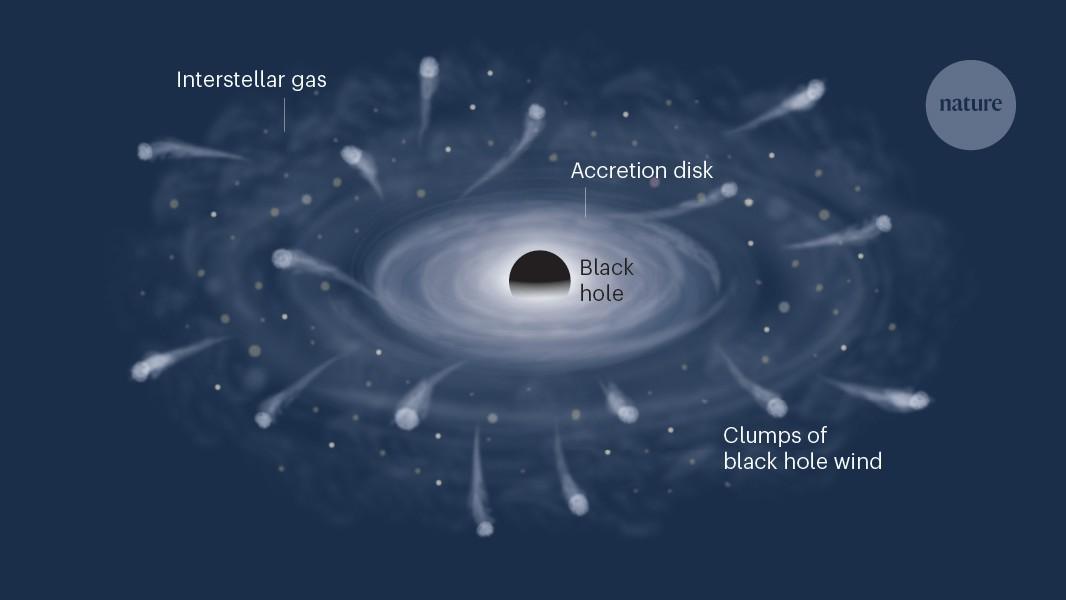黑洞喷出气体团块
IF 48.5
1区 综合性期刊
Q1 MULTIDISCIPLINARY SCIENCES
引用次数: 0
摘要
对一个发光星系核心的风的测量揭示了密集的气体袋——这一发现要求重新思考黑洞是如何与宿主星系相互作用的。本文章由计算机程序翻译,如有差异,请以英文原文为准。

Black hole flings out clumps of gas
Measurements of wind in a luminous galactic core reveal dense pockets of gas — a finding that calls for a rethink of how black holes interact with their host galaxies. Measurements of wind in a luminous galactic core reveal dense pockets of gas — a finding that calls for a rethink of how black holes interact with their host galaxies.
求助全文
通过发布文献求助,成功后即可免费获取论文全文。
去求助
来源期刊

Nature
综合性期刊-综合性期刊
CiteScore
90.00
自引率
1.20%
发文量
3652
审稿时长
3 months
期刊介绍:
Nature is a prestigious international journal that publishes peer-reviewed research in various scientific and technological fields. The selection of articles is based on criteria such as originality, importance, interdisciplinary relevance, timeliness, accessibility, elegance, and surprising conclusions. In addition to showcasing significant scientific advances, Nature delivers rapid, authoritative, insightful news, and interpretation of current and upcoming trends impacting science, scientists, and the broader public. The journal serves a dual purpose: firstly, to promptly share noteworthy scientific advances and foster discussions among scientists, and secondly, to ensure the swift dissemination of scientific results globally, emphasizing their significance for knowledge, culture, and daily life.
 求助内容:
求助内容: 应助结果提醒方式:
应助结果提醒方式:


